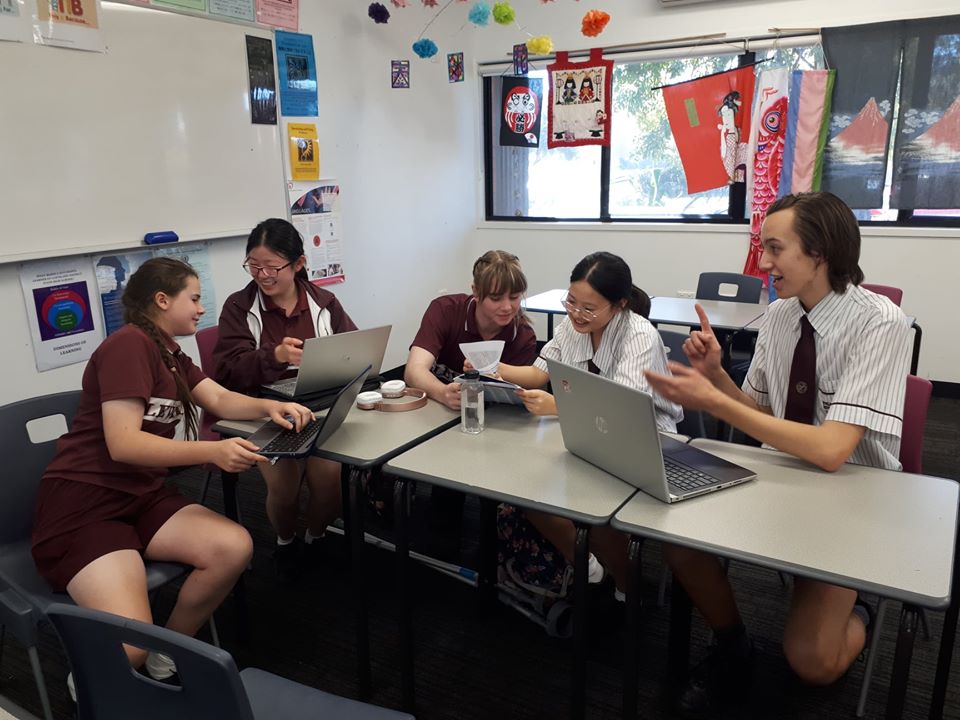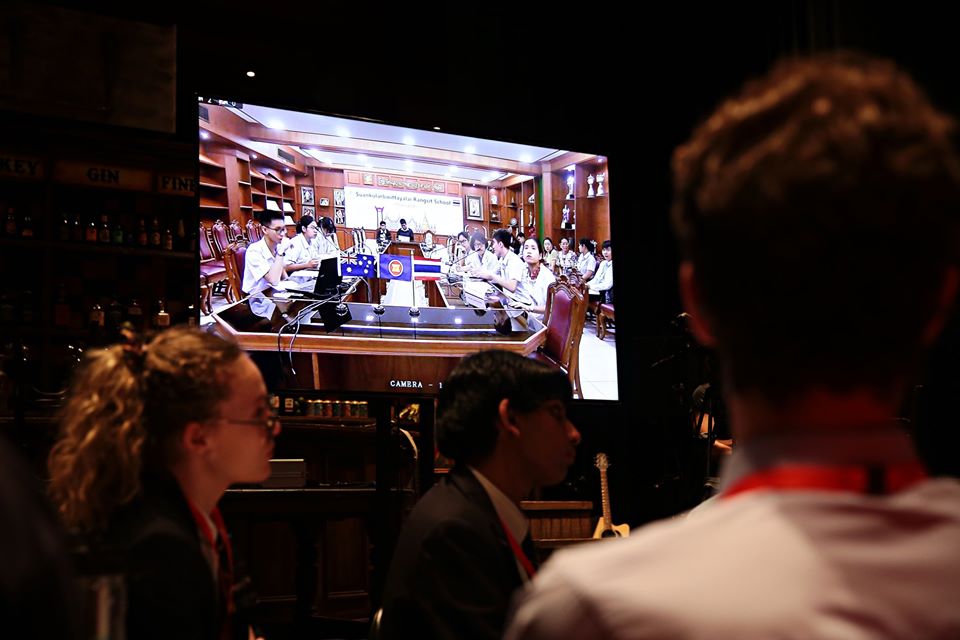Cultural Diversity Day, 21 May, is a day to celebrate Australia's multicultural population. It’s a wonderful opportunity to promote inclusiveness, respect and a sense of belonging for everyone writes AEF, Executive Director, Hamish Curry.
There are few Australian sectors that have had more challenges in navigating diversity than education in the last three months.
Diversity of student needs, diversity of schools, diversity of subjects, diversity of technology hardware (and software), diversity of online video and tools – the list is endless.
With so many moving parts, and so many ways to deal with them our educators have proven to be innovative leaders supporting their students and classrooms to connect.
Amongst these kinds of incessant diversity one other area should be given the spotlight this week; Cultural Diversity.
Diversity, Identity and Culture
This Thursday 21 May is the UN World Day for Cultural Diversity for Dialogue & Development.
We all know that Australia is culturally diverse with more than a quarter of its population born overseas, 33% of which are from Asia. The greatest population increase has been seen in people born in China and India.
Our Asian-Australians are also collectively much younger, meaning they will not only help shape the nation we become, but they are also well-represented across education sectors.
The Australian Bureau of Statistics (ABS) is reviewing the next Census for 2021, and it appears that the national data on cultural diversity might have greater attention placed on it. The ABS notes, “Cultural diversity remains a relevant and important topic.”
Supporting our students to feel secure
Education plays a pivotal role in supporting and engaging learners and communities to understand and respect cultural diversity. It has been a key element of school curriculum for over a decade through Intercultural Understanding and the Cross-Curriculum Priorities, but little data or national information is known about what impact they have had on our students.

Intercultural Understanding is an important part of living in the twenty-first century. It helps students become responsible local and global citizens, interacting and engaging with others in a respectful way.
Racism and prejudice have clearly surfaced during this health crisis, particularly directed at people of Asian ethnicity.
Last year, the Asian-Australian Leadership Summit highlighted the challenge of racism in a report on Asian-Australian experiences of discrimination.
When the COVID-19 crisis began in Australia, there were numerous reports of racism and prejudice occurring in school communities. I find it deeply troubling that some of Australia’s primary and secondary students were made to feel like they don’t belong, that they are to blame, and that they might experience Australians shouting ‘go back to where you came from’.
“You can’t have enough ‘Harmony Days’ in the year to make sure our youth are supported and safe in schools.”
Community-led change
During the rapid transition to online and remote learning, it must have been incredibly hard for schools and educators to accommodate all students’ needs. There have been some amazing stories of effort and impact, many involving music, storytelling, and students becoming teachers.
AEF has also supported teachers in coming together virtually around Australia and across Asia-Pacific to support one another, share advice, best practise tools and the intercultural perspectives most needed in this time.

The social, cultural and economic backgrounds of our students are as diverse as their learning styles, needs and ambitions.
“At AEF we believe real intercultural learning starts with our own mindset and understanding of a bigger world, and the skillset we need to develop in working together between countries and cultures.”
Our teachers and school leaders are amazing learners in these contexts as well.
Since 2002, the UN World Day for Cultural Diversity for Dialogue & Development has marked an opportunity to encourage “equitable exchange and dialogue among civilizations, cultures and peoples, based on mutual understanding and respect and the equal dignity of all cultures”.
It can be a bit of a mouthful, but the importance of intercultural dialogue is a core element of Australia’s education system.
Through the curriculum lenses of Intercultural Understanding, the cross-curricula priorities on Asia and Australia’s engagement with Asia and Aboriginal and Torres Strait Islander Histories and Cultures, and even the extensive Languages taught around Australia, there should be ample room for students to identify and articulate the importance of cultural diversity.
‘Asia and its diversity’ is even one of the Organising ideas of the cross-curricula priorities.
The problem is translation. Translating languages, ideas and concepts into teachable and memorable experiences of intercultural learning.
“We need to move beyond food, flags, and festivals as the typical school responses.”
In the current climate, empathy and intercultural engagement could be better highlighted. Start local, stay contextual and contemporary. Interviews, storytelling, and statistics are helpful. AEF recently wrote about stories and texts exploring diversity. Ideally, this is the point where creativity and imagination should step in.

Our classrooms are full of students carrying 'hyphenated identities' drawing on many elements of their social, cultural and personal lives. This reflects a worldwide phenomenon in which a sense of must-faceted identity is increasingly common. This is a new reality to which educators are adapting.
Whenever people generate hundreds of ideas on a challenge, often in very short bursts, the biggest issue is navigating and filtering the diversity of the choices open to learners into next steps.
Cultural diversity is similar.
There are so many rich perspectives, stories, and real-world activities we can engage in, that bring us closer to not just dealing with cultural diversity but embracing it as a deep learning experience for intercultural dialogue.
Engaging with cultural diversity and reflecting on these experiences are important to us all, and help ensure our learners’ next steps are productive ones.
This International Cultural Diversity Day, AEF will host a Twitter Chat on the topic of the role education plays in advocating, celebrating and promoting multiculturalism. Please be sure to follow @multiculturevic, @asiaeducation and the #AEFchat hashtag on twitter to read and contribute to this important conversation.
The Twitter chat will start at 7pm (AEDT). For more information, please email Education Programs Coordinator, Brendan Hitchens.